recently, i had the opportunity to present moruga’s take on sustainable cacao production on the sustainability-themed “because there’s no planet b” event in berlin. in this blog post i want to sum up what i talked about and what i came up with in the days following the presentation.
my vision in a nutshell
“a race to the top of quality will promote ecologically, socially and economically sustainable cacao production. cacao producers gain ownership over their product and, like wine producers, meet on eye level with traders, sellers and retailers.“
only quality cacao is a recreational drug
that’s the #1 game changer and base for all assumptions following. from my personal experience consuming over 20 different cacaos for the last three years as well as the experience of my loyal customers and my constant feedback loops with first users, it has become clear that only cacao that meets a high quality standard of production shows the desired effects for it to be used as recreational stimulant. the wild grown cacao that we obtain from abandoned plantations on trinidad, for instance, stems from trees that are at least over 40 years old and, not surprisingly, shows the most intense and reliable high of all cacaos used — so much so that some frequent users report it to be too strong for them at times, inducing deep spiritual or emotional experiences that they are not always ready for.
in case you’re still new to this: there’s a scene evolving that uses what is often called “ceremonial grade” cacao on a regular basis for sharpening emotional awareness, a heightened sense of belonging, as a facilitator of spiritual experiences and to achieve a pleasant body-high frequently harnessed on dedicated cacao ceremonies. of course moruga supplies many of these events and we even hold our own ceremony every sunday evening.
just a side note: forget asking the “why” or the “how” when hearing about the different effects of different cacaos on people. food chemistry and metabolism and circumstances are simply too complex of a system in order to pin effects of medicinal plants down to a simple “drug x does that in the brain” causality. we still can’t explain the large variation of effects between different strains of marihuana on a biochemical level although that plant has arguably been around for a while. we can, nevertheless, work empirically with subjective reports, which is what we at moruga do.
the key takeaway from this finding and my sincerest hope is that once a rising demand for “ceremonial grade” or “recreational grade” cacao starts showing, there will naturally be a rising demand for quality cacao.
how a demand for quality cacao will cross-fertilize sustainable cacao production
cacao grown and processed in the right manner is a complex and desirable luxury food that stands nothing short of good wine, craft beer or specialty coffee. if indeed a rising demand for “recreational cacao” starts manifesting — and we’re not just witnessing a short-lived hype — a consequent shortage of supply for quality cacao will justify high prices on consumer markets. this leads to a race to the top of quality in the cacao market which sparks innovation, creates a complex local economy and an advanced education system, like we see in wine growing communities.
throughout the cacao production process, quality determining factors will stay inside the cacao growing community which will evolve from a post-colonial commodity-exporting economy with low local value into an economy of high local value that’s defined by ownership over the consumer product and development of intellectual property. processes especially in the growing, fermentation and roasting process are crucial in determining the perceived quality of the cacao. i call them dynamic factors of quality, as it takes experience and skill rather than a simple binary decision to do something a certain way. “how long will i roast the cacao beans at what temperature” is a question of individual experience and craftsmanship whereas “we don’t conch our chocolate” is a simple binary decision.
furthermore, only ecologically sustainable approaches to cacao production lead to the highest perceived quality for the consumer, which we define by a combination of pleasant aroma and psychoactive potency. this creates an intrinsic incentive for ecologically sustainable production as we see in the case of our potent and popular trinidad cacao.

here’s an infographic i made showing the determining factors of quality in production of “recreational cacao”. in the case of trinidad, we keep the first three steps of production in the country of origin (growing — grinding), adding roughly +100% value to the local economy. we’ll explore working even closer together with our partners on the ground, potentially keeping some processes of step four (grinding — packaging) on the island.





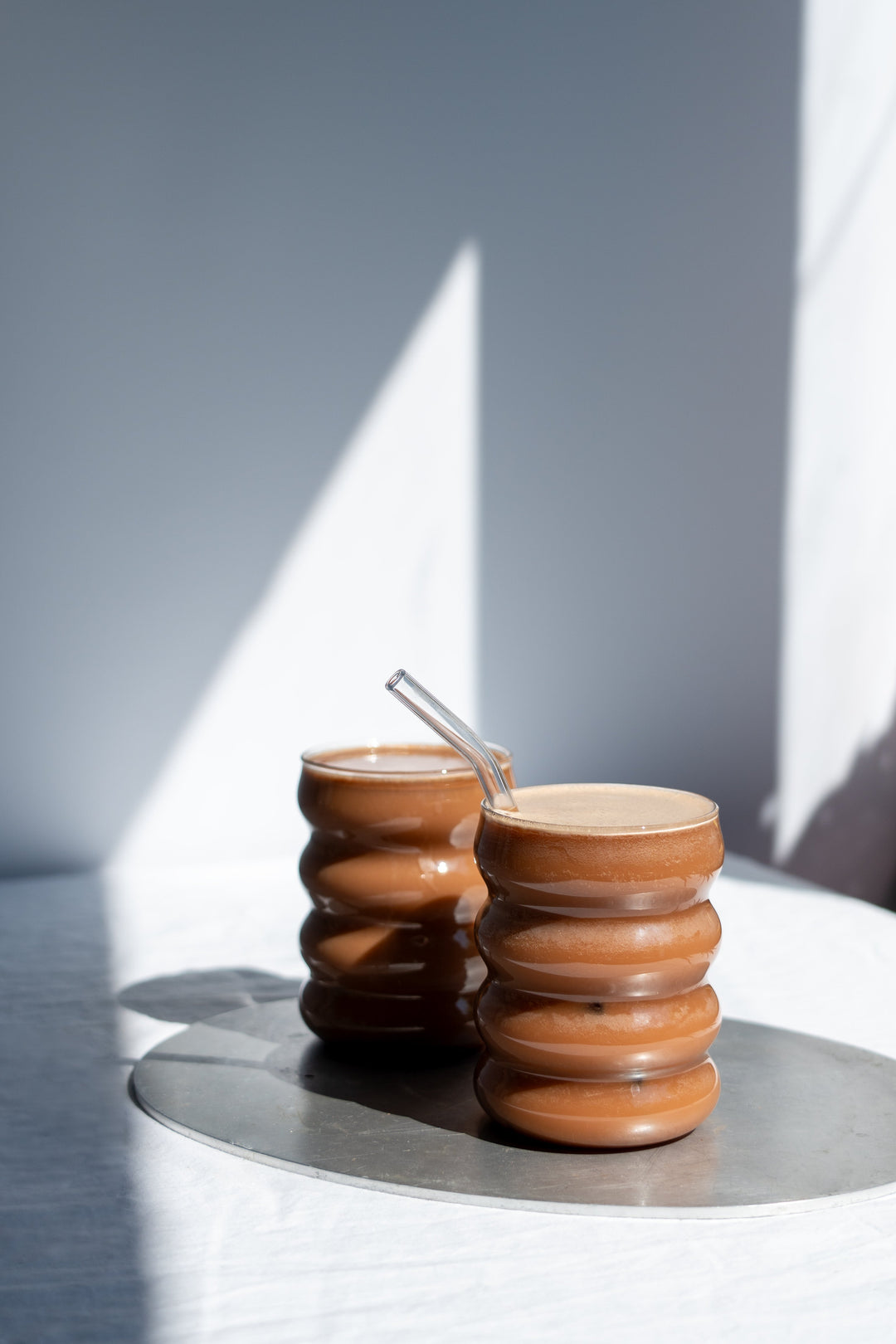
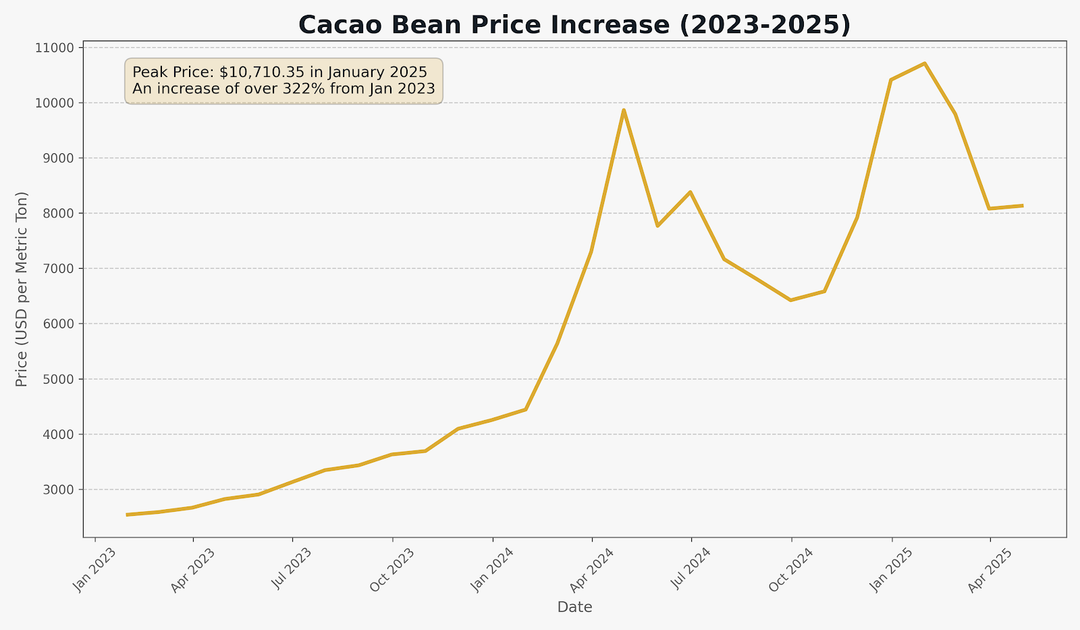
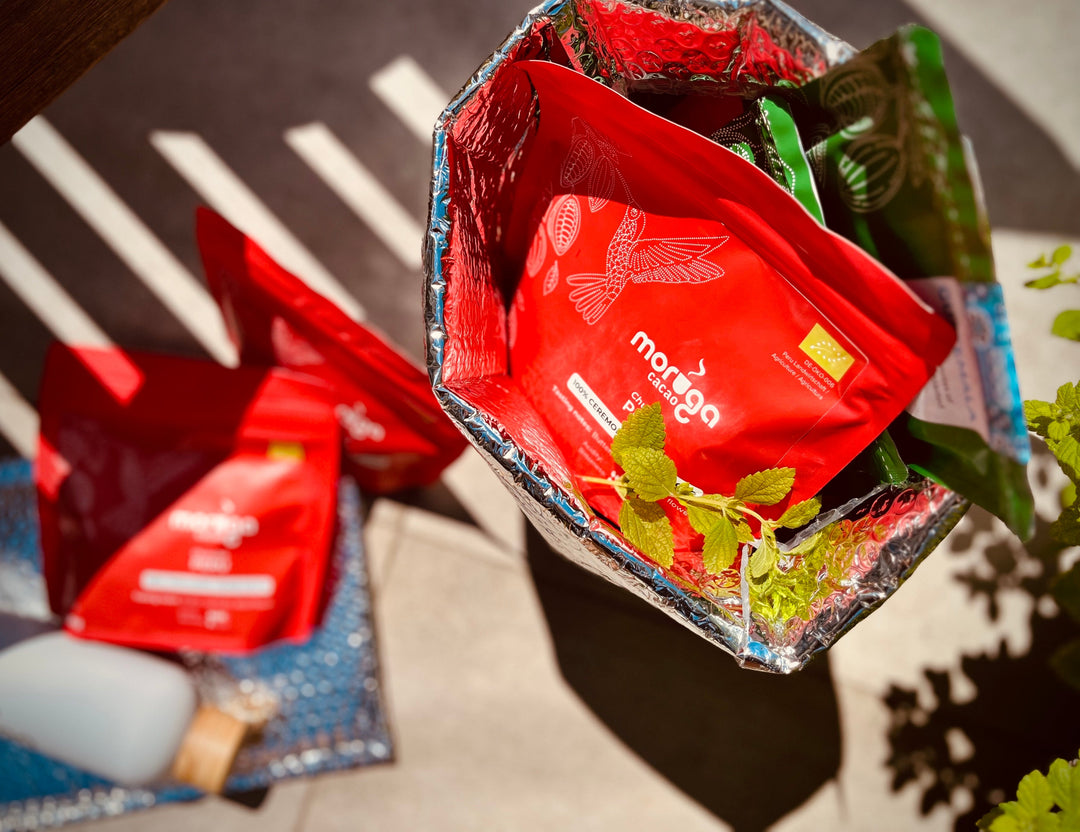
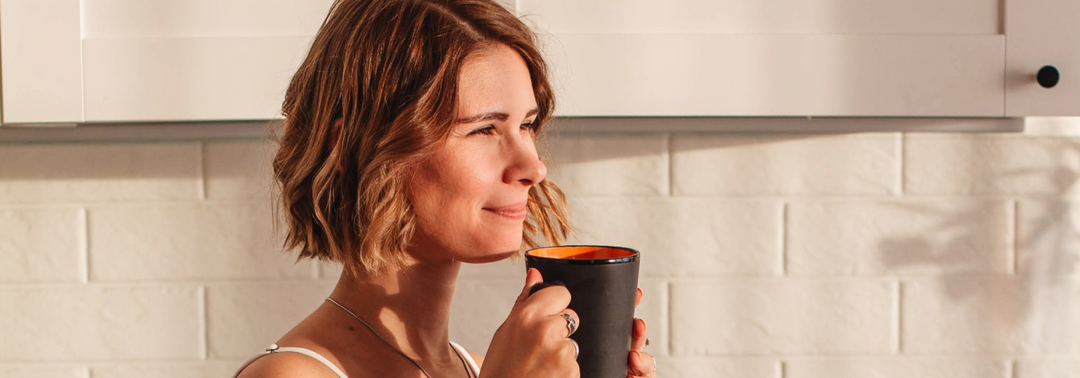
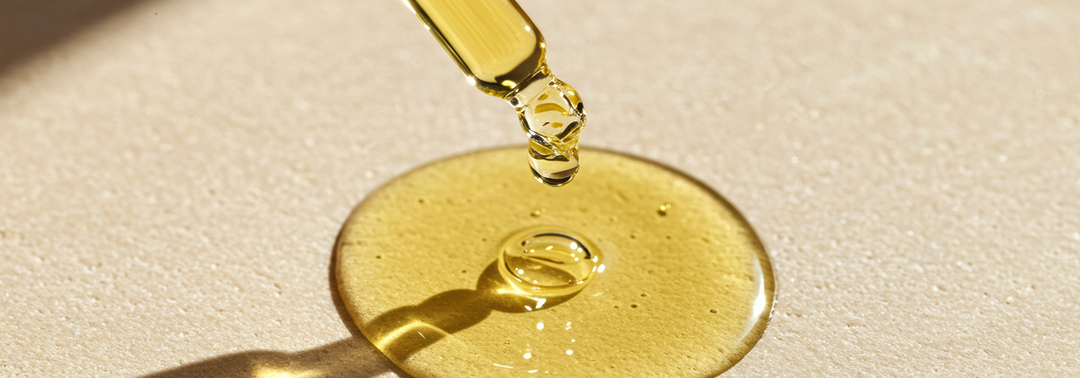
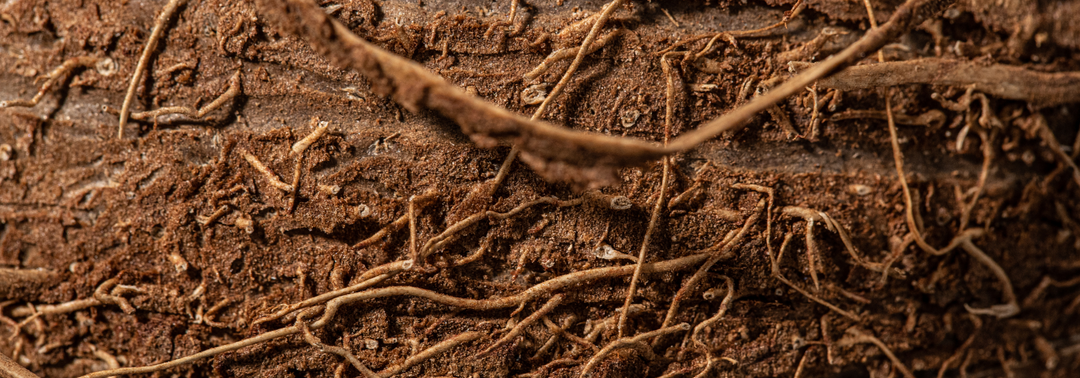
Hinterlassen Sie einen Kommentar